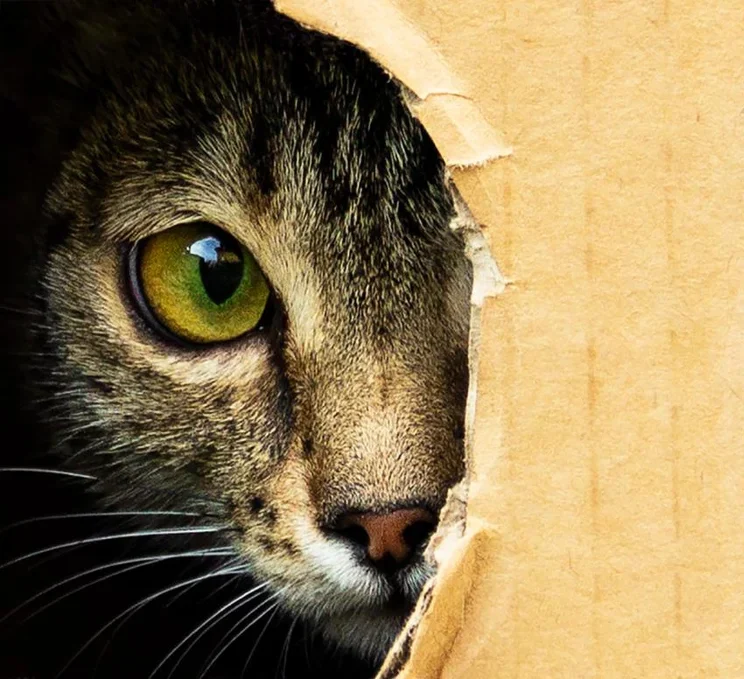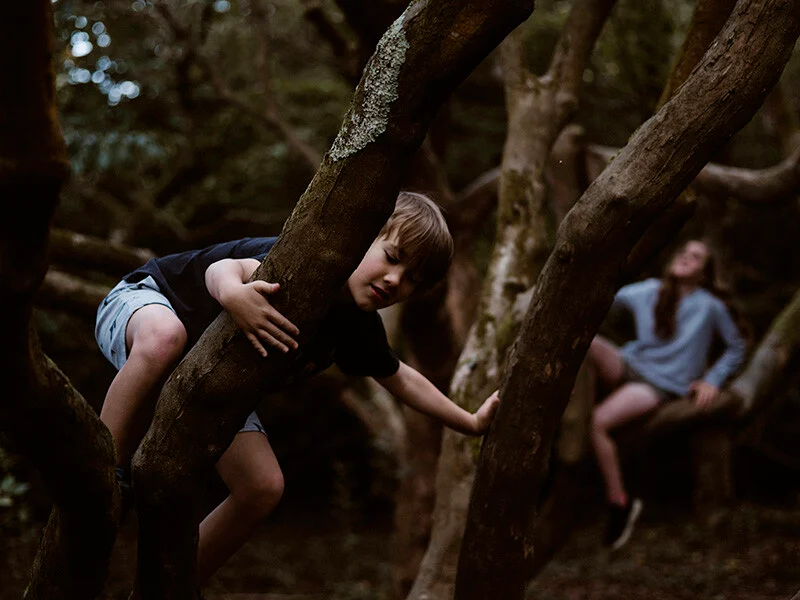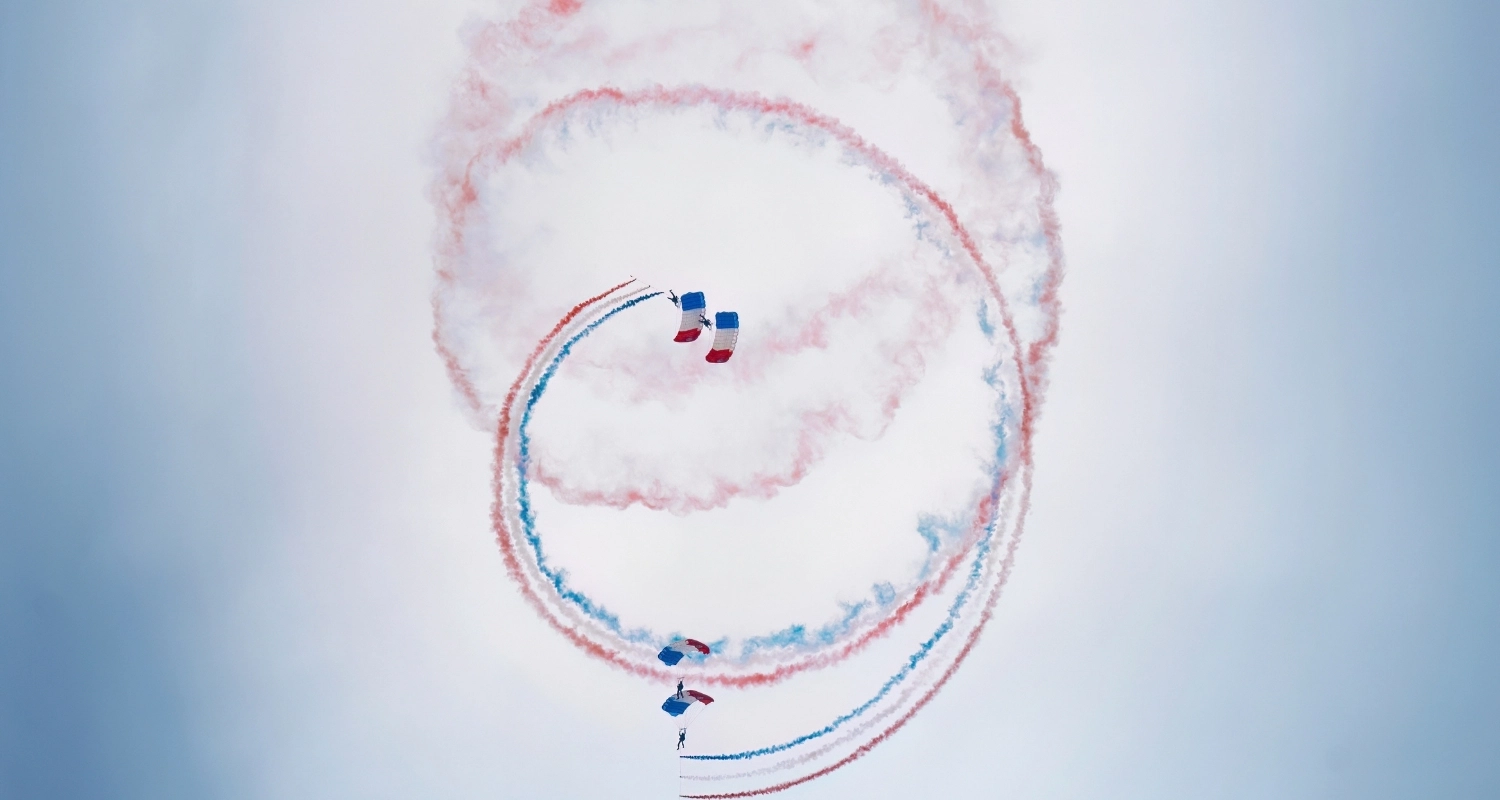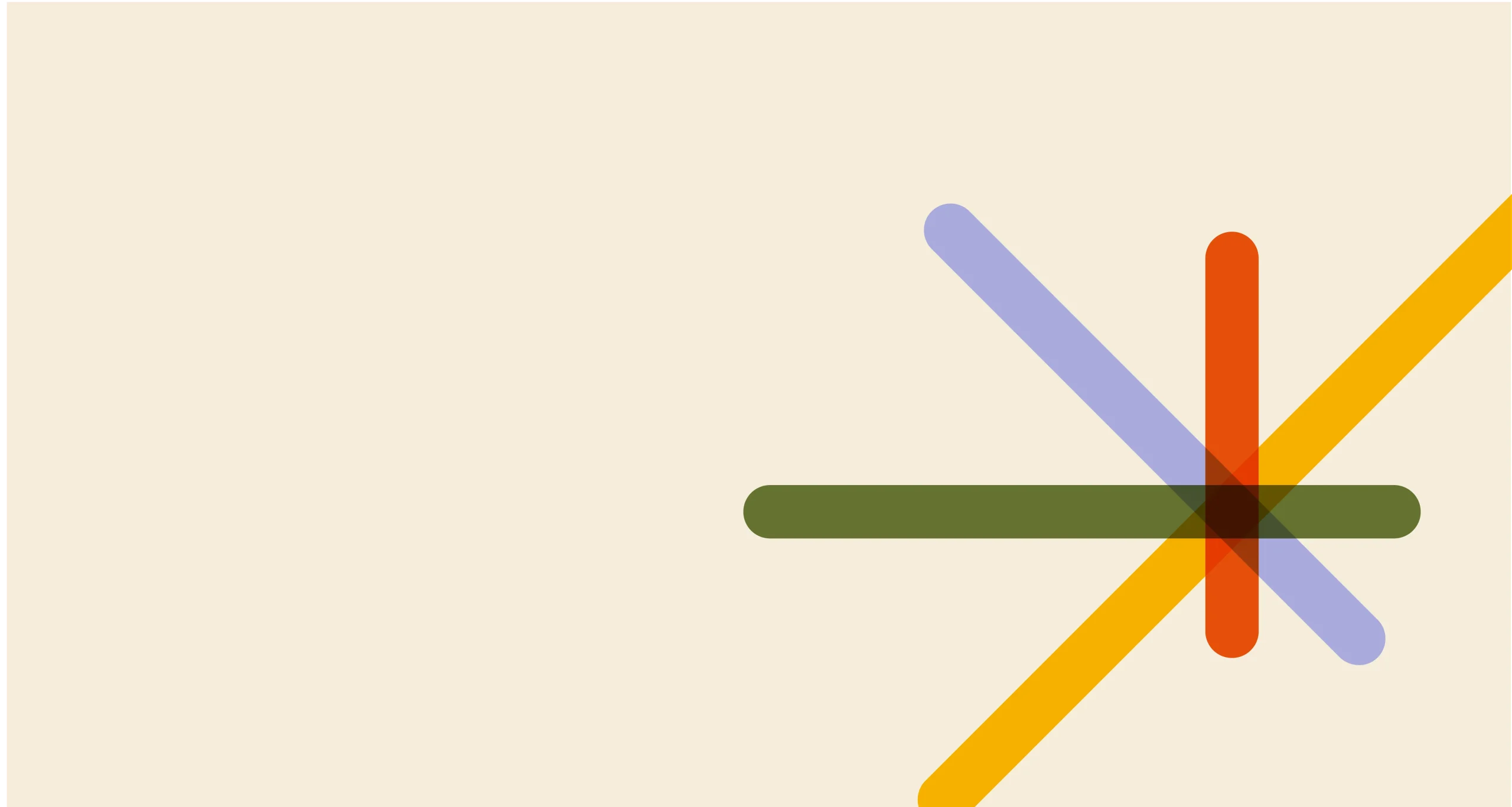
“In the first phase of the creative process, we are to be completely open, collecting anything we find of interest. We can call this the Seed phase. We’re searching for potential starting points that can grow into something beautiful. At this stage… we simply gather them. Collecting seeds is best approached with active awareness and boundless curiosity. It cannot be muscled, though perhaps it can be willed. Often the most accurate signposts are emotional, not intellectual. Excitement tends to be the best barometer for selecting which seeds to focus on. When something interesting starts to come together, it arouses delight. It’s an energising feeling of wanting more. A feeling of leaning forward. Follow that energy”
Rick Rubin – The Creative Act
Do you ever wonder how much curiosity can influence your professional success?
Curiosity is one of the main drivers of growth, innovation, and wellbeing at work. It is not at all a passive activity, but an intentional act that, as Stefaan Van Hooydonk puts it, requires the will to learn and to discover.

Curiosity is the intentional mindset to challenge the status quo, explore, discover and learn.
Stefaan Van Hooydonk The workplace curiosity manifesto
To reflect on curiosity, we turned to the Global Curiosity Institute: curiosity is the innate drive to explore, discover, and learn. It is not only an individual trait but also a quality that organizations can — and should — foster. A curious workplace is one where people feel free to ask questions, experiment without fear of failure, and look at challenges from different perspectives.
When we adopt a curious mindset, we want to look beyond what we already know and ask: “Why?” and “How?”. It is a drive to explore — intellectually, as Albert Einstein did, or physically, as Christopher Columbus showed us. Exploration is broad, but discovery is specific: you explore a city and discover a small hidden museum you never knew about. Curiosity is learning; it always takes us elsewhere, into the unknown. Learning is not only about collecting information but also about developing new skills, behaviors, and mindsets. And when we step out of the posture of curiosity, we also stop learning.


The Workplace Curiosity Manifesto
In his book The Workplace Curiosity Manifesto, Van Hooydonk explains how curiosity is not just a desirable trait, but an essential competence to thrive in today’s world of work.
Companies that experiment, that manage to make a difference by creating something new and useful, are those where people are encouraged to ask uncomfortable questions and to seek answers outside the box. One thing is certain: curiosity opens new paths and leads to creative solutions.
The consequence is clear: by using a curious approach we become more mentally flexible and more inclined to face difficulties with optimism and determination. Curious people learn faster, making them more ready for change. They are also more likely to collaborate and to seek the contribution of others, recognizing the value of diverse approaches, perspectives, and methods.
In a curious environment, we can build a culture of openness and sharing.
Two Types of Curiosity
As we learned from our Wyder, Simona Gonella, you can nurture curiosity about the world, about others, and about yourself (personally and professionally) in two ways: through narrow curiosity and broad curiosity.
Narrow curiosity
With narrow curiosity, you deepen the things you already know, building your expertise on the knowledge and skills you have already acquired. It is a process grounded in continuous improvement.
Its characteristics:
-
Leads to specialization
-
Helps solve problems
-
Focuses on a single competence
-
Supports ongoing improvement

Broad curiosity
With broad curiosity, you venture into unknown, unfamiliar ground. You explore what you don’t know and embrace a mindset of continuous learning. This type of curiosity pushes you to discover what you didn’t even know you didn’t know. Its characteristics complement those of narrow curiosity.
-
Creates transferable, generalist, cross-functional skills
-
Leads to the identification of problems
-
Focuses on wide-ranging interests
-
Promotes disruptive innovation








